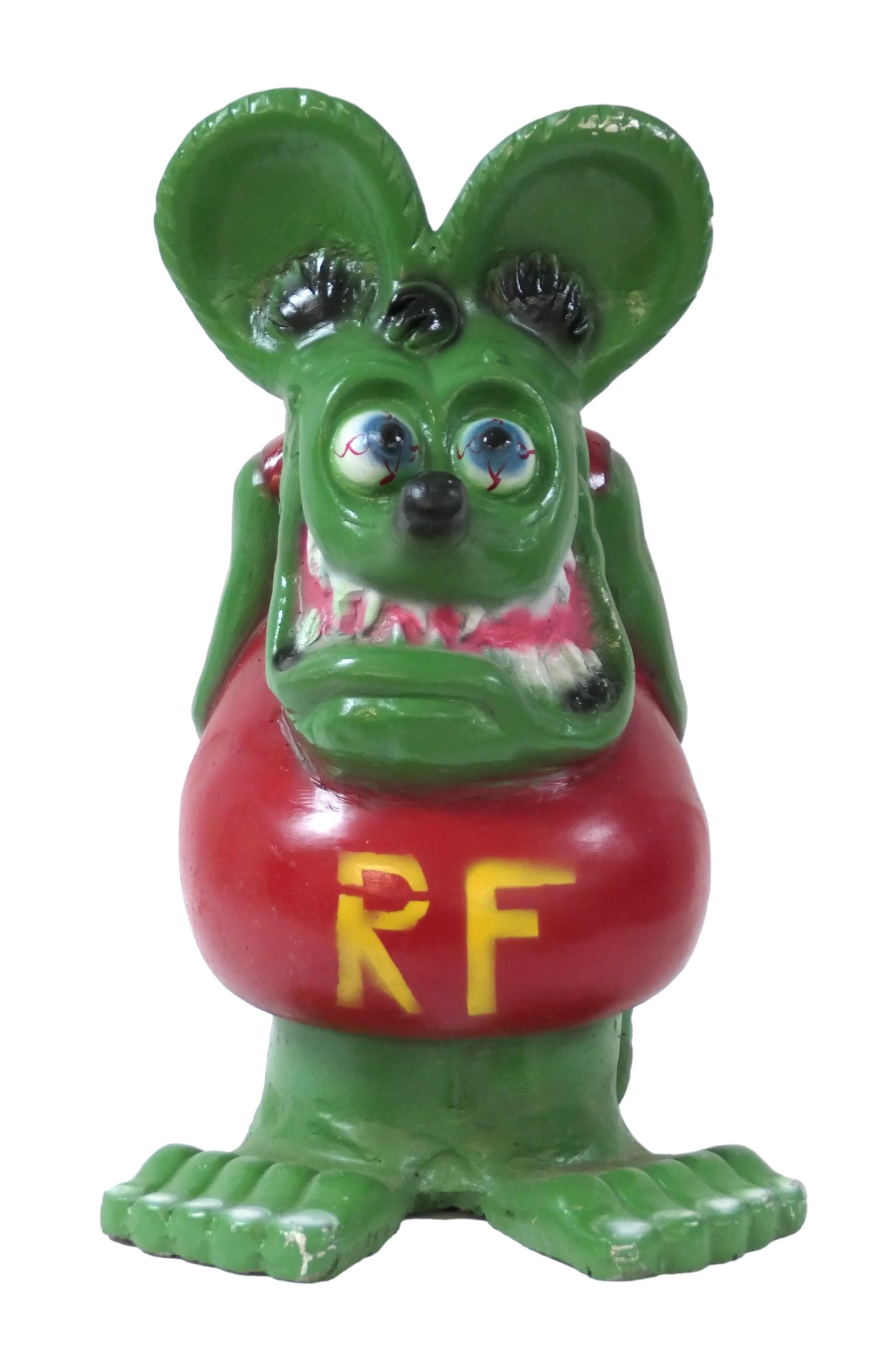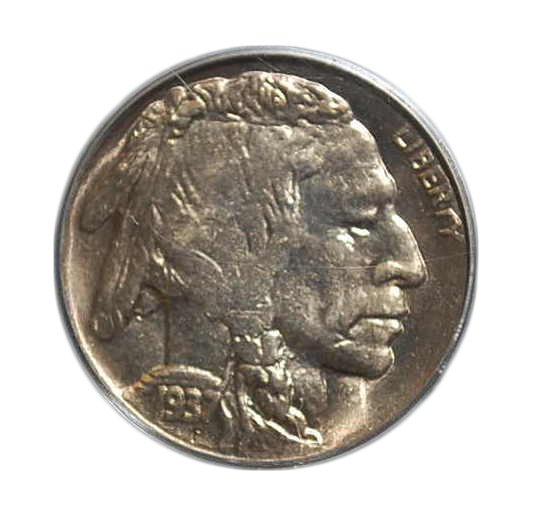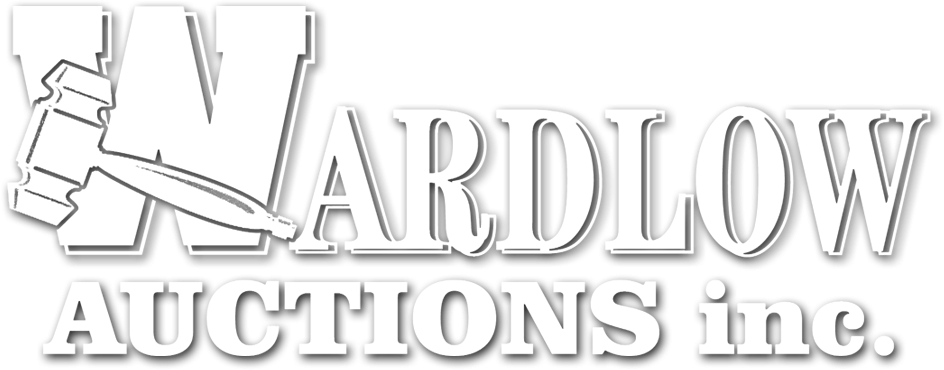The Legacy of Ed Roth and His Iconic Creation, Rat Fink

If you've ever seen a Rat Fink decal or t-shirt, you may be wondering what this peculiar character is all about. Rat Fink is a cartoon creation of the late artist and hot rod enthusiast Ed "Big Daddy" Roth. In the 1950s and 1960s, Roth's Rat Fink character became a popular symbol of the hot rod and custom car culture, and the character's popularity has endured over the years.
Ed Roth was born in Beverly Hills, California in 1932. As a teenager, he became interested in building and customizing cars, and by the 1950s he had established himself as a skilled hot rod builder. Roth also had a talent for drawing, and he began to create his own cartoon characters to use in his designs.
In 1958, Roth created the character of Rat Fink, a grotesque-looking rodent with bulging eyes and sharp teeth. Rat Fink quickly became a popular emblem among hot rod enthusiasts, who identified with the character's rebellious and anti-establishment attitude.
Rat Fink merchandise soon became a hot commodity, and Roth began to sell t-shirts, decals, and other items featuring the character. In addition to Rat Fink, Roth created other characters like Mr. Gasser, the Drag Nut, and the Beatnik Bandit, which all became popular symbols of the hot rod and custom car culture.
In the 1960s, Roth became famous for his custom car designs, which were featured in magazines and car shows across the country. He also created several "show cars," such as the Outlaw and the Mysterion, which became icons of the custom car world.
Roth's influence extended beyond the world of hot rods and custom cars. His unique and irreverent artistic style inspired a generation of artists and designers, and his work has been exhibited in museums and galleries around the world. Click here to bid on this Rat Fink in our current auction (ends March 1)!
Granny's Radioactive Glassware - An Introduction to Uranium Glass

Peering through the glass doors of the cherry hutch, you might never know that the carefully displayed teacups and vases held a secret. The flip of a switch, turning on a discreetly hidden ultra-violet blacklight, suddenly reveals the truth. Every item of glass proudly glows with an eerie green hue. It's uranium glass, and suddenly you understand why so many people collect it. The magic of it is nearly irresistible.
Glassworker Josef Riedel is credited with developing uranium glass with production dating to the beginning of the 1830's. Pieces from his company being some of the earliest and rarest. The earliest hues were canary yellows, with apple green hues developed in later years. It wasn't long before the well-known Baccarat crystal company in France was incorporating uranium in glass for their customers. By this time, the Industrial Revolution was long underway, and mass production made it possible for a wide variety of plates, bowls, vases and more to find their way to homes. As factories began to manufacture pressed glass, the fervor for uranium glass spread through England and the United States. Its popularity continued to increase, peaking during the 1880's Victorian Era and continuing through the Jazz Age of the Roaring Twenties.
The availability of these beautiful pieces carried along until WWII, when production came to a screeching halt when both the US and UK governments restricted access to uranium for military reasons. War and regulations weren’t enough to end our love affair with this “magic” glass. By the mid-1950's restrictions began to lift, and several companies began to revive the technique, including Boyd and Fenton Art Glass.
Limited availability of modern pieces, and the ever-declining amount of vintage and antique pieces, has made collecting uranium glass a thrill inducing search. Rare pieces such as fish bowls, rhinestone jewelry, and toothbrush holders of uranium glass are just as loved as the wide variety of table settings, vases, and lamps. All of it becoming increasingly scarce over the years.
Stunning display cabinets full of glowing glass do not just happen on their own. Each piece is a chapter in the story of the collector’s life; a piece found at a flea market visit with mom, a handful of items gifted from a grandmother, a scarce piece found and won at auction... And with a flip of a switch, these collections bring awe and delight to grandchildren and friends alike. It's glassware with a secret, revealed like magic with a simple ultra-violet light.
The Indian Head, a.k.a. "Buffalo Nickel"

Over the years we have successfully conducted several coin auctions for various individuals and collectors. In some cases, there is an interesting story behind the particular coin. Here’s a brief story about the Indian Head (or Buffalo) nickel.
The Indian Head nickel was first issued in 1913 and was made through 1938. It came about when President Theodore Roosevelt decided he wanted to “upgrade” the nation’s coinage. He called upon his friend, sculptor James Earl Frazier, to design the coin. Fraser grew up in South Dakota and thus had ties with the Great Plains Indian tribes. Fraser had already gained acclaim for his well-known sculpture of “End of the Trail”. (see photo). Frazer called upon three Indians to model for the obverse side of the coin. One was Two Moons (a Cheyenne) and another was Iron Tall (a Sioux). Frazer could not recall the name of the third Indian. As a result, this opened the door for several enterprising Indians or their advocates to take or be given credit for being the third model. Among them were Chief John Big Tree (Seneca), Chief Two Guns White Calf (Blackfoot), and Adoeette “Big Tree” (Kiowa). Despite all of the research to ascertain the identity of the third Indian, it was never clearly determined and thus the disagreement still exists. Frazier’s position was that it was not important since the design was a composite of all three Indians and not a direct portrait of any single one.
On the reverse side of the nickel is a buffalo – and it has a name. It is Black Diamond. Black Diamond was a resident at the Bronx Zoo (or the Central Park Zoo, depending on what you hear or read) and served as the model for Fraser’s buffalo. The initial coinage showed the bison on a raised mound bearing the denomination “FIVE CENTS” underneath. However, this design (known as Variety 1) lasted less than a year as the denomination wore off quickly. So in 1913 it was redesigned to show a straight line of ground to better recess the wording “FIVE CENTS”. This design is known as Variety 2 and continued until 1938. The story doesn’t end there - not surprisingly. A little more than a decade after Black Diamond’s death in 1915, coin collectors were told that another buffalo, by the name of Bronx was the model for the coin. (So, much like today’s media, it seems that the facts and representation of those facts tend to vary depending on how a person wants to interpret them and use them to sway influence to accomplish their objectives).
What to look for in Indian Head (or Buffalo) nickels.
There are numerous things that can affect a coin’s value. Among them are: the level of detail of the engraving, the number of coins minted in a particular year or at a particular mint, minting errors, rarity and scarcity, and the level of circulation. For example:
In general, for most years the “D” and “S” (Denver and San Francisco) mint Indian Head nickels are more valuable than the Philadelphia minted coins because substantially fewer Indian Head nickels were minted at the Denver and San Francisco mint.
The 1913-D&S (Variety 2) coins are especially more valuable than the 1913-P and 1913 Variety 1 of all mints.
Some of the 1937-D nickels show a 3 legged buffalo instead of a 4 legged buffalo. The 1937-D, 3 legged buffalo nickel is worth about 450 times the value of any other 1937 nickel. Also, if the buffalo on the 1936-D coin has only 3 ½ legs, that coin is worth about 400 times the value of the other 1936 nickels.
Other Indian Head nickels such as the 1914, 1916, 1918-D, and 1935 may have stamping errors which can increase their value significantly.
And for Pete’s sake, if you find a coin that fits the above description, do not drill a hole in it to make a charm, necklace, or key chain or you can kiss the value of the coin goodbye.
-Rick Wardlow, Auctioneer





